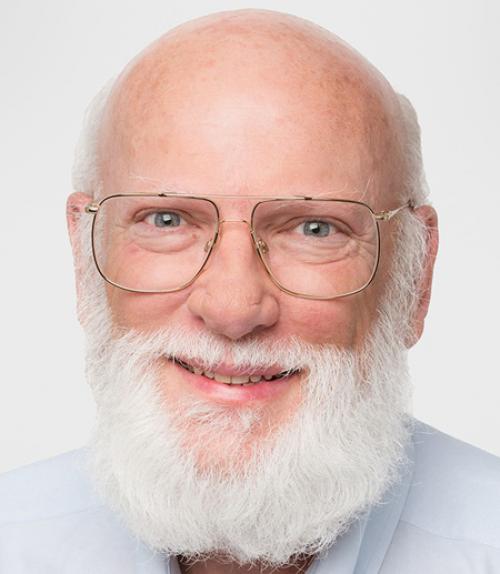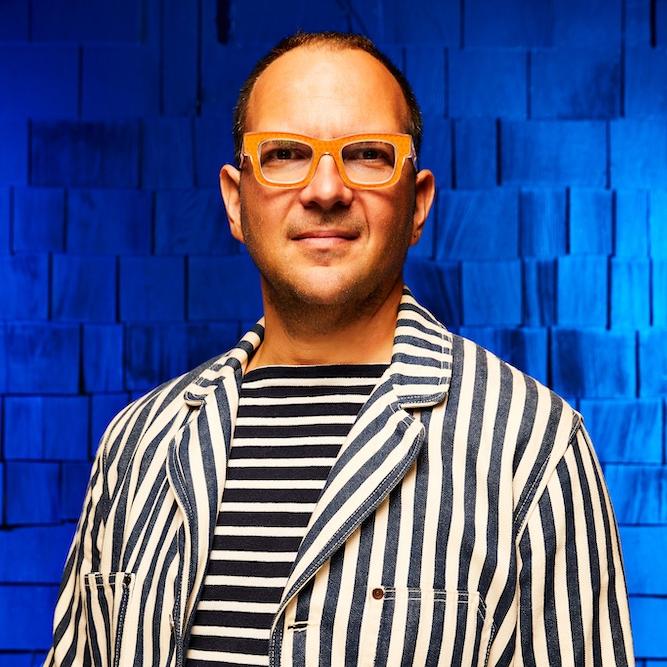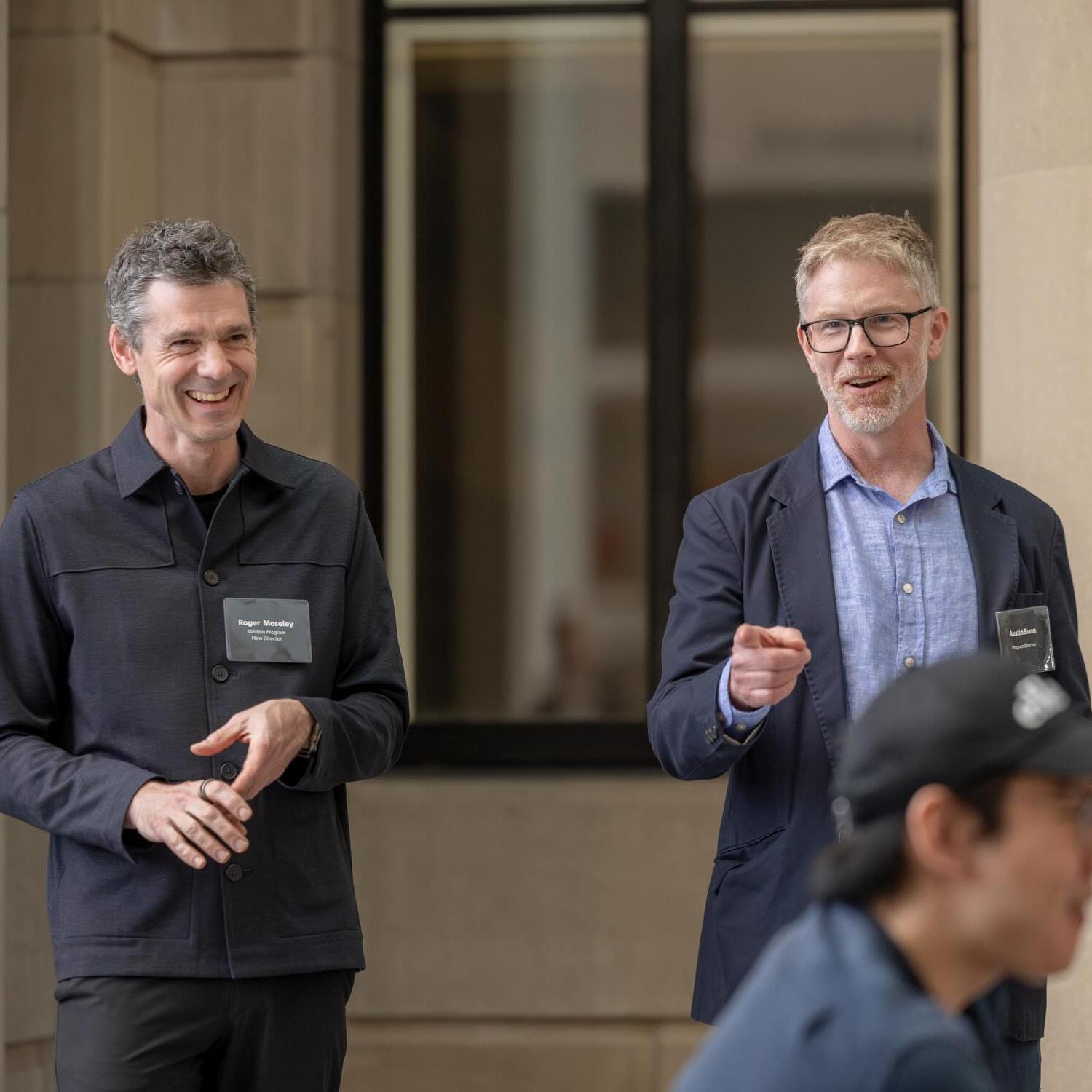
 Department Homepage
The College of Arts & Sciences
Department Homepage
The College of Arts & Sciences
Intersection of art history and tech topic of Milstein lecture
C. Richard Johnson will speak about the field of computational art history and discuss preserving and authenticating the works of Vermeer and Rembrandt Friday, Nov. 9, at 5 p.m. in the Guerlac Room of A.D. White House, followed by a buffet dinner. His talk, “Studying Vermeer’s Canvases and Rembrandt’s Papers: Two Examples of Computational Art History,” is part of the Milstein Program in Technology & Humanity Speaker Series.



